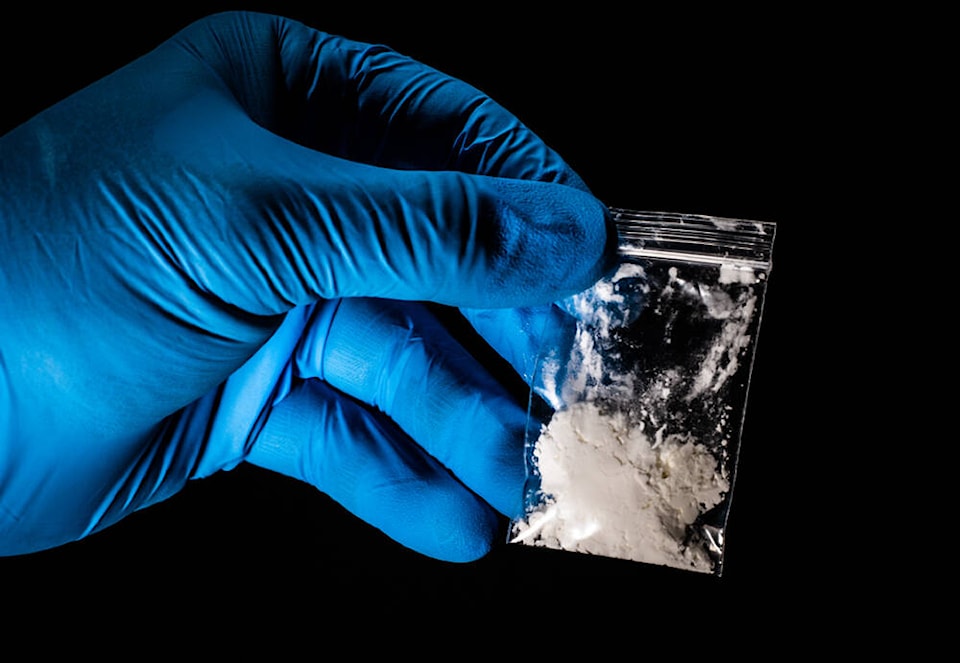Just like most of B.C., Salmon Arm saw an increase in overdoses in 2021 and 2022.
BC Emergency Health Services (BCEHS), which employs paramedics in B.C., The calls don鈥檛 contain information about the outcomes, only the number of overdose calls which paramedics respond to each year.
In 2022, paramedics responded to 91 overdose calls in Salmon Arm. The number in 2021 was similar: 96.
From 2016 to 2020, the numbers increased, but didn鈥檛 reach as high as the last two years.
In 2016 and 2017, there were 37 and 36 overdose calls respectively.
For 2018 to 2020, the numbers were 49, 50 and 60. So between 2020 and 2021, overdose calls jumped by 36 in Salmon Arm, double the total in 2016 and in 2017.
One community listed not far from Salmon Arm which has bucked the trend of increases is Chase.
The number of overdose calls paramedics responded to in 2016 was 11. That number rose to 19 in 2017 and 17 in 2018, then stayed at 14 in 2019 and 2020. In 2021 the number of calls dropped to nine and, in 2022, to seven.
Looking to the province-wide picture, BCEHS reported that since 2016, when the public health emergency for toxic drugs was declared, BCEHS has seen a 75 per cent total increase in annual overdoses/poisonings.
In 2022, paramedics responded to 33,654 overdoses/poisonings, an average of 92 calls per day.
The top five communities for overdose calls in 2022 were, in order: Vancouver, Surrey, Victoria, 琉璃神社 and Abbotsford. Vancouver saw 7,827 calls, a 22 per cent decrease from 2021, while Abbotsford saw 1,641, an increase of 20 per cent.
on illicit drug toxicity deaths in B.C., covering the 10 years from Jan. 1, 2012 to Dec. 31, 2022.
In 2012, 270 deaths were recorded. In 2022, that number had risen to 2,272. The highest number of illicit drug toxicity deaths was in 2021: 2,306.
Salmon Arm is included in the statistics for Thompson Cariboo, which saw 150 such deaths in 2021 and 149 in 2022.
The category of illicit drugs in the report includes streets drugs: heroin, cocaine, MDMA, methamphetamine, illicit fentanyl, etc. as well as medication not prescribed to the person but obtained on the street.
In 2022 in B.C., 70 per cent of those dying were aged 30 to 59, and 79 per cent were male.
Read more:
Read more:
Read more:



